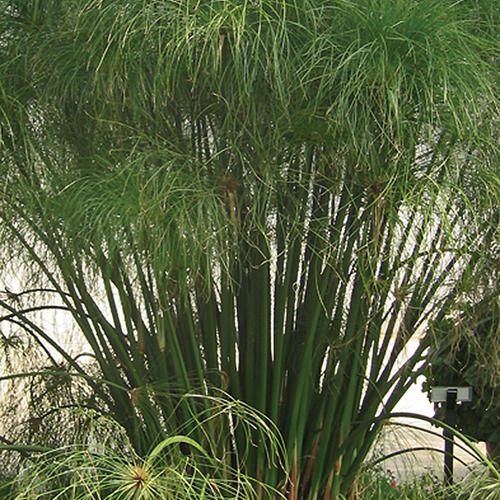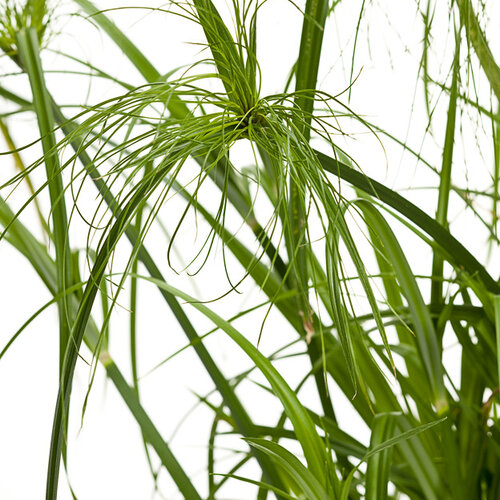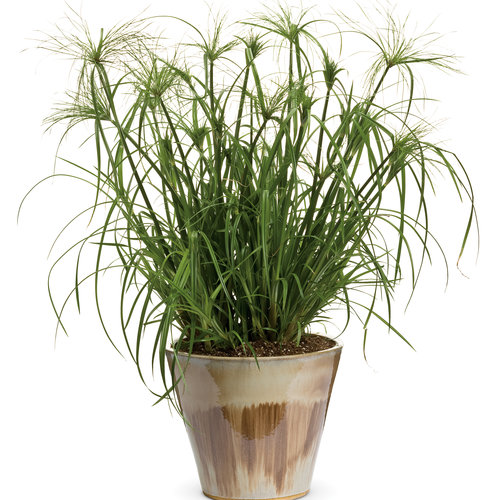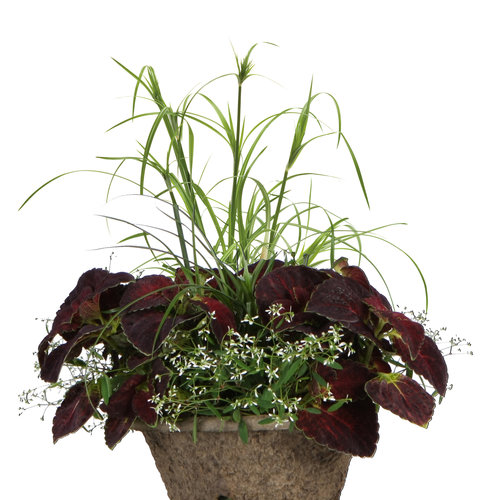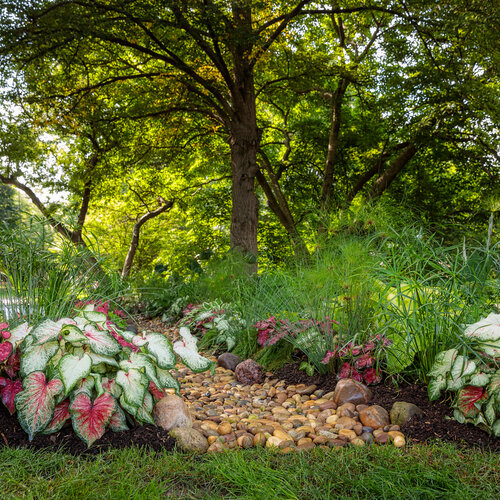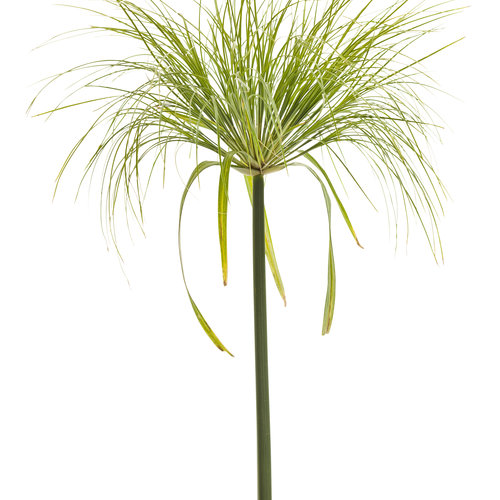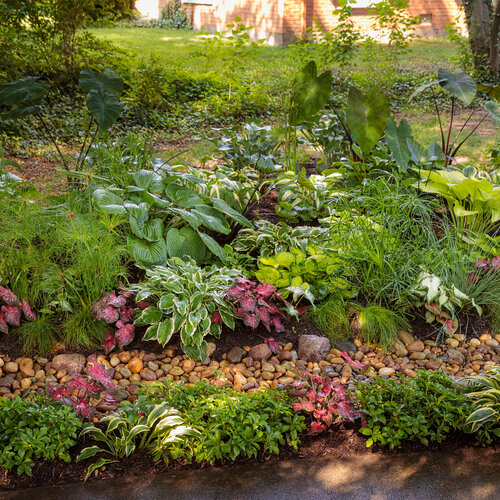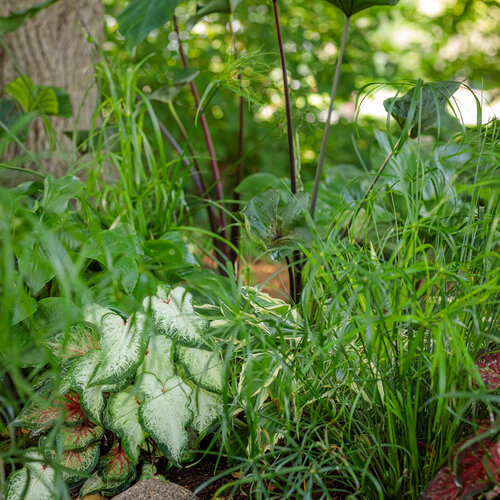Graceful Grasses® King Tut® Egyptian Papyrus Cyperus papyrus
1 GALLON POT
-
DETAILS
FEATURES
Large heads of pendulous leaves; greenish flower spikelets can measure 1' across
Award WinnerFoliage InterestHeat TolerantDeadheading Not NecessaryWater PlantGrass:GrassCHARACTERISTICS
Plant Type:AnnualHeight Category:TallGarden Height:48 - 72 Inches1.2m - 1.8mSpacing:36 - 48 Inches 91cm - 1.2mSpread:36 - 48 Inches 91cm - 1.2mFoliage Colors:GreenFoliage Shade:GreenHabit:UprightContainer Role:ThrillerPLANT NEEDS
Light Requirement:Part Sun to SunThe optimum amount of sun or shade each plant needs to thrive: Full Sun (6+ hours), Part Sun (4-6 hours), Full Shade (up to 4 hours).
Maintenance Category:EasyBloom Time:Grown for FoliageHardiness Zones:10a, 10b, 11a, 11bWater Category:AverageSoil Fertility Requirement:Average SoilUses:ContainerGrassLandscapeSpecimen or Focal PointUses Notes:Use as a centerpiece in large landscape beds or containers
Maintenance Notes:Cyperus Papyrus is not hardy enough to survive winters with freezing temperatures and it is not a candidate to overwinter inside. It is a very fast grower and will quickly grow to impressive size when replanted in the spring.
The plant can be planted in pots, along the waters edge of a pond, or even in a pond. The crown of the plant should never be covered in water and in fact both of these varieties can thrive in water as shallow as a few inches. The purpose is to keep the bulk of the soil or root mass wet.
The root ball can be submerged but it isn't necessary. If the plant is put into a pot I would suggest plugging the hole or holes in the bottom of the pot to keep as much water as possible in the pot.King Tut will also do well when planted in normal garden beds. It is best to keep the soil moist, but once established King Tut has proven to be surprisingly tolerant of dry conditions.
King Tut is an evergreen or neutral grass. Where temperatures get colder than 35 degrees F, the plants should be treated as annuals. Once the grass turns brown it can either be removed immediately or removed in the spring. It should not be expected to live through the winter and begin growing again in the spring.
In areas where winter temperatures remain above 35 degrees it should be considered a perennial and the following information should be useful.
Evergreen or neutral grasses are usually plants that look like grasses but aren't actually classified as grasses, they are generally called grass-like plants.
Divide evergreen or neutral grasses and grass-like plants in spring only.
Evergreen grasses don't ever go dormant. Dividing plants wounds them to some degree. For evergreen grasses this wounding will really affect their ability to live through the winter.Fine Gardening Magazine 2008 Trial Garden Recommendation.
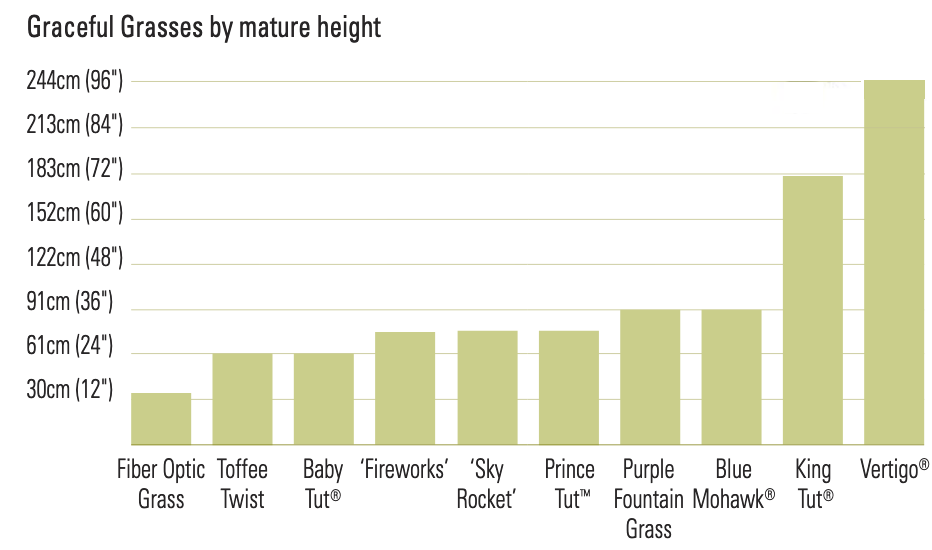
PICTURES AND INFORMATION COPIED FROM PROVEN WINNERS


